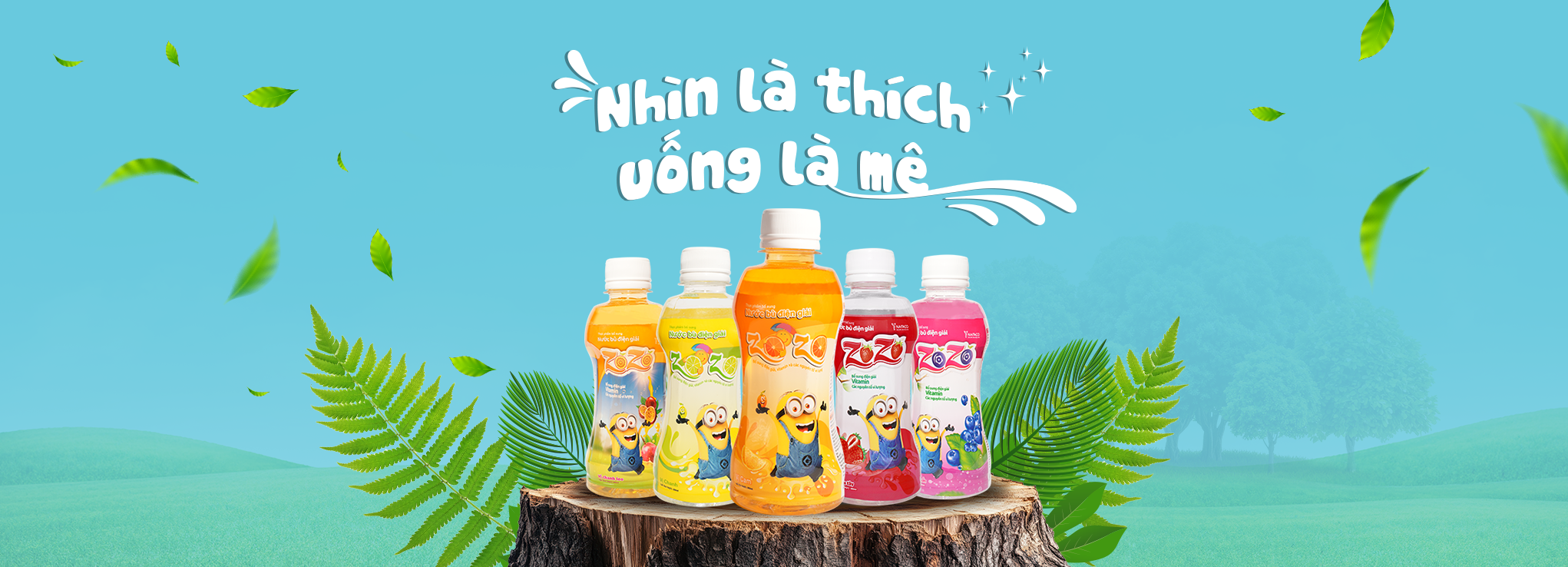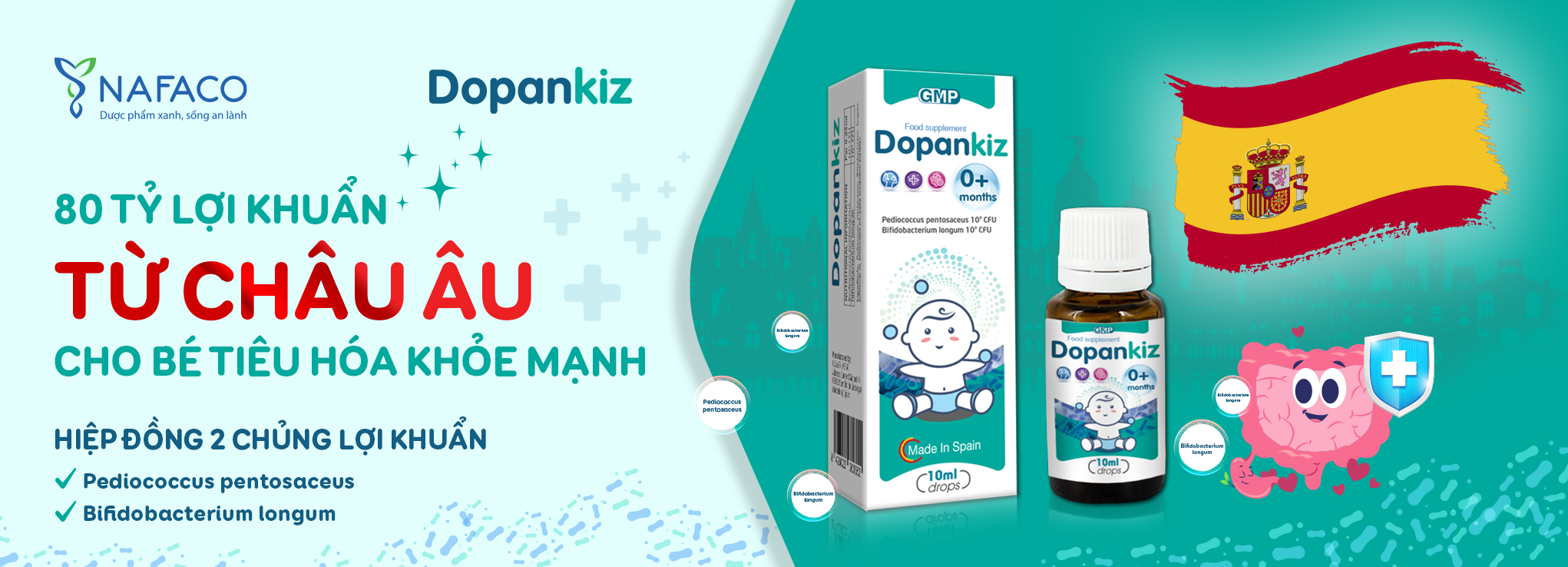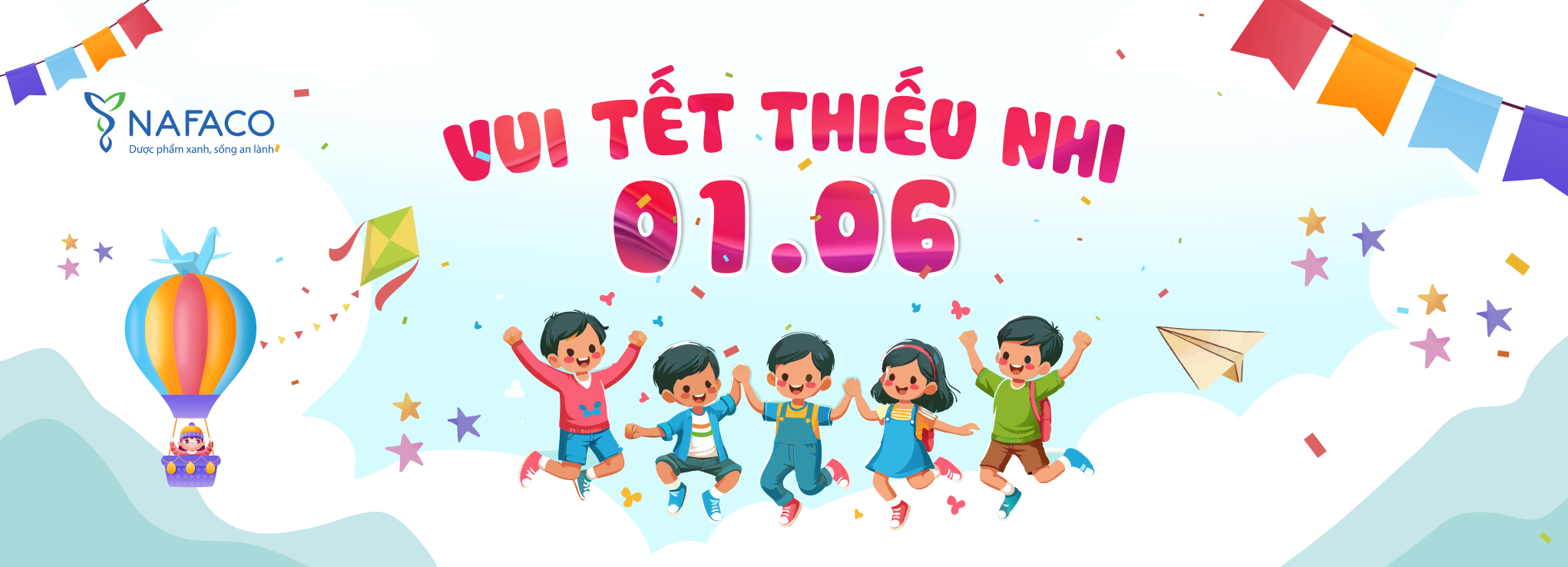PREVENTION OF VIRAL FEVER IN CHILDREN AT SEASON CHANGE - RECOGNITION & TREATMENT
Seasonal change with extreme weather changes is favorable conditions for viral fever, dengue fever in the season. The number of children with viral fever also spiked during this time. How to recognize and handle it, please refer to the article of PhD. MD. Cao Thi Hau on the topic of viral fever.

PhD. MD. Cao Thi Ha (Former Director of Nutrition Education Center - Vietnam National Institute of Nutrition)
Viral fever is very contagious through the respiratory tract. Children with viral fever often have high fever from 38-39oC, even 40-41oC. During fever, children are tired and less responsive to common fever-reducing medicines such as paracetamol. For older children, it may have muscle pain all over their body, young children may cry, have headaches, in some cases children may have headaches but are still awake, not stimulated, struggling.
Children with viral fever are often accompanied by respiratory symptoms such as cough, runny nose, sneezing, and red throat. There is also lymphadenitis, especially the lymph nodes in the head, face, and neck are often enlarged. Pain can be seen or felt. Rash, usually appearing 2-3 days after fever, when the rash appears, the fever will be relieved. Conjunctivitis, the conjunctiva may be red, with red eyes, watery eyes. The child may vomit many times but usually occurs after eating.
Viral fever is easily spread from person to person. Children with viral fever can infect siblings in the family, even their parents, caregivers, or classmates. The disease is therefore persistent, difficult to terminate, and easily breaks out into a large epidemic.

Treatment when children have viral fever
For diseases caused by viruses, there is almost no specific medicine, mainly symptomatic treatment, so is viral fever in children. First, determine the child's fever temperature. It is possible to use a mercury thermometer, or a forehead thermometer, an ear thermometer... but the mercury thermometer still gives the highest accuracy.
How to use a mercury thermometer: The thermometer should be kept in the armpit for at least 3 minutes, the child's arm close to the chest. The child's temperature will be the number indicated on the thermometer plus 0.3 - 0.4 degrees. For example, if a thermometer reads 38oC, the child's actual body temperature is 38.4oC. Mothers need to understand that a normal baby's temperature ranges from 36.5oC to 37oC. When the body temperature is higher than 37 degrees Celsius, it is called a fever. Depending on the degree of body temperature that is divided:
Mild fever: body temperature from 37.5oC - 38oC. Moderate fever: body temperature from 38.5oC - 39oC. High fever: body temperature from 39oC - 40oC. Very high fever: body temperature of 40oC or higher.
When the child has a mild and moderate fever that does not need antipyretic, just let the child lie in a cool place, loosen his clothes, use a towel dipped in water (from 25 degrees Celsius or higher) to wipe the face, armpits, groin and cover the child's forehead. Antipyretic drugs should only be used when the baby has a temperature of 38.5oC or higher.

Antipyretic drugs should only be used when the baby has a temperature of 38.5oC or higher.
Use antipyretic at the right dose (Do not overdose). The average dose of paracetamol for children is 10-15mg/kg/ 4-6 hours. When the child has a high fever, it is necessary to monitor the temperature regularly to avoid the child having a convulsion.
Rehydration of fluids and electrolytes: When a child has a fever, he or she is often dehydrated, so it is necessary to rehydrate the child. If the baby is still nursing continue to breastfeed more often than usual, and give ORS (Oresol) rehydration as directed. Avoid dehydration and electrolytes.
Currently, in addition to the Oresol package, there is also a more convenient form of use than the ready-to-use Zozo Isotonic Drink. Mothers can let their children drink, Zozo has a moderate capacity of 250ml, used immediately, no need to mix with water. Products in addition to electrolyte replacement also supplement vitamins, zinc ... to help children recover quickly. Delicious taste, suitable for children's taste.

Zozo - ready-to-drink Oresol, you can easily bought at any drugstores
Anti-superinfection: Cleansing, instill eyes and nose with 0.9% sodium chloride physiological saline, avoid respiratory bacterial superinfection.
Nutrition: It is necessary to pay attention to the nutrition, so give the children dilute foods such as porridge, soup, drink a lot of water, plain water, juices such as oranges, lemons... eat several small meals.
Children must be taken to the doctor immediately when having the following signs: When the child has a high fever above 38.5oC, especially over 39oC, but Antipyretic drugs do not respond. Drowsiness, lethargy, sleeping a lot, convulsions, headache continuously and gradually increasing, nausea, vomiting many times, fever lasting more than 5 days.
Viral fever is a contagious disease, especially in families and schools. Therefore, people with viral fever should limit contact with other people, especially children. When a child has a viral fever, it is necessary to keep the child away from school until completely cured to avoid infecting other children and isolating them from other children. People around should prevent disease by dripping salt water, eating lots of fruits rich in vitamin C to improve the body's resistance.
PhD. MD. Cao Thi Ha (Former Director of Nutrition Education Center - Vietnam National Institute of Nutrition)















